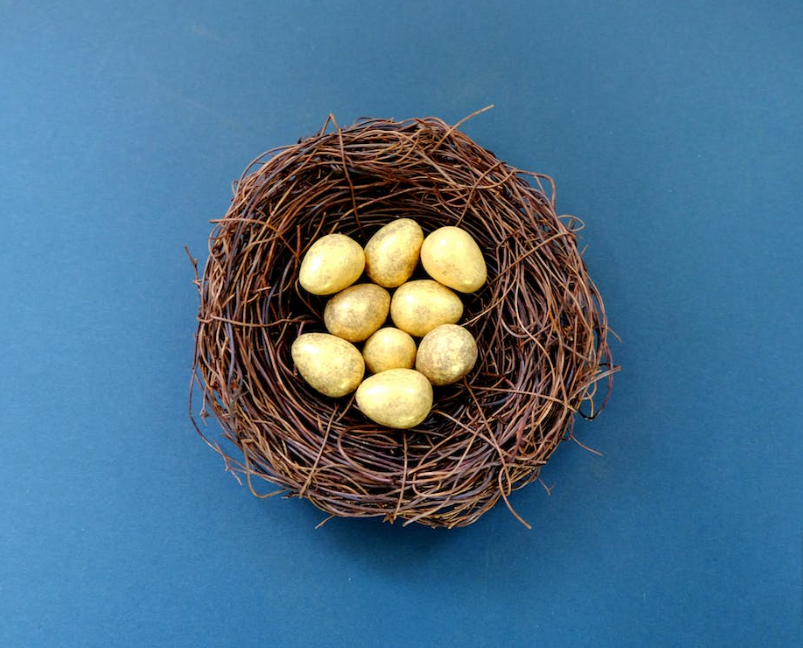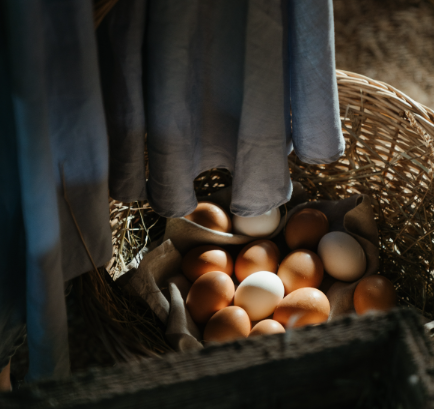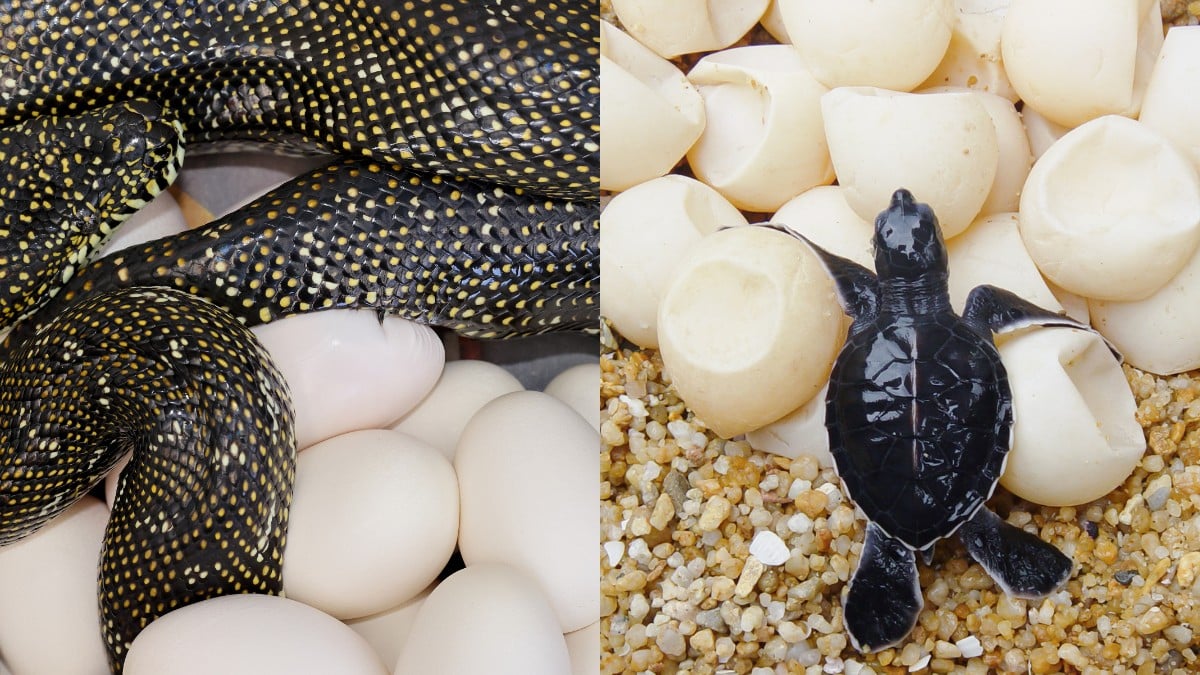Welcome to the intriguing world of snake eggs vs turtle eggs. In this comprehensive article, we will delve into the remarkable differences, similarities, and distinctive characteristics of these two distinct reptilian reproductive processes. Whether you’re a reptile enthusiast or simply curious about nature’s wonders, this article will provide you with a deep understanding of snake and turtle egg-laying habits. So, let’s embark on this captivating journey!

Snake Eggs vs Turtle Eggs
In this section, we’ll explore the fundamental differences between snake eggs and turtle eggs, shedding light on their unique features.
Shell Composition
Snake Eggs: Snake eggs possess a soft, leathery shell that allows for flexibility during development. This pliable shell is permeable, enabling gas exchange.
Turtle Eggs: Turtle eggs, in contrast, have a hard, calcified shell that provides protection and support. This rigid shell safeguards the developing embryo.
Incubation
Snake Eggs: Snake eggs are typically left unattended by the mother and rely on environmental factors such as temperature for incubation. They require warmth to hatch.
Turtle Eggs: Turtle eggs are often buried in sand or soil by the mother, providing a controlled environment. The heat from the sun plays a crucial role in incubation.
Nesting Behavior
Snake Eggs: Snakes may lay their eggs in a concealed location or sometimes in communal nests, but they do not exhibit elaborate nesting behaviors.
Turtle Eggs: Turtles are known for their meticulous nesting rituals, including digging a hole, laying eggs, and carefully covering them with sand or soil.
Number of Eggs
Snake Eggs: Snakes tend to lay a variable number of eggs depending on the species, but it is usually a smaller clutch.
Turtle Eggs: Turtles typically lay larger clutches of eggs, often exceeding 50 eggs, with some species laying even more.
Parental Care
Snake Eggs: Snakes do not provide any parental care once they lay their eggs. The eggs are left to hatch on their own.
Turtle Eggs: Turtles, especially sea turtles, do not provide direct care to the eggs, but the mother ensures they are safely buried and well-protected.

Snake Eggs vs Turtle Eggs: Myths and Realities
Myth: Snake Eggs are Always Round
Snake eggs come in various shapes, not just round. Their shape can vary depending on the species.
Myth: Turtle Eggs are Always White
While turtle eggs are often white, some species may produce eggs with a slightly different coloration, such as pale beige or pinkish hues.
Reality: Temperature Affects Gender
In both snakes and turtles, the temperature during incubation can determine the gender of the offspring. Warmer temperatures typically result in females, while cooler temperatures lead to males.
Reality: Predators Pose Threats
Both snake and turtle eggs face threats from predators, including birds, raccoons, and other animals. This is a critical challenge for the survival of these reptiles.

Snake Eggs vs Turtle Eggs: FAQs
Q: Do snakes and turtles lay eggs year-round?
A: No, both snakes and turtles have specific breeding seasons when they lay their eggs.
Q: Are snake eggs poisonous to touch?
A: Snake eggs themselves are not poisonous, but it’s essential to avoid disturbing them, as the mother snake may be nearby.
Q: Can you determine the species of snake or turtle by the appearance of their eggs?
A: Identifying the species solely based on egg appearance can be challenging, as there is considerable variation.
Q: How long does it take for snake and turtle eggs to hatch?
A: The incubation period varies by species, but it generally ranges from a few weeks to a few months.
Q: Do all snake and turtle species bury their eggs?
A: No, while many turtle species bury their eggs, some do not. Most snake species do not bury their eggs.
Q: Are there any endangered snake or turtle species known for their unique egg-laying habits?
A: Yes, some endangered species have distinct egg-laying behaviors, and conservation efforts focus on protecting their nests.
Conclusion
In conclusion, the world of snake eggs vs turtle eggs is a fascinating one, filled with unique adaptations and remarkable diversity. We’ve explored the differences in shell composition, incubation, nesting behavior, the number of eggs, and parental care between these two reptilian groups. Additionally, we’ve debunked common myths and highlighted critical realities about their reproduction.
As we wrap up this exploration, remember that both snakes and turtles play vital roles in maintaining the balance of their ecosystems. Understanding their egg-laying habits is just a glimpse into the incredible world of reptiles. So, next time you encounter a snake or a turtle, you’ll have a deeper appreciation for the wonders of nature.
